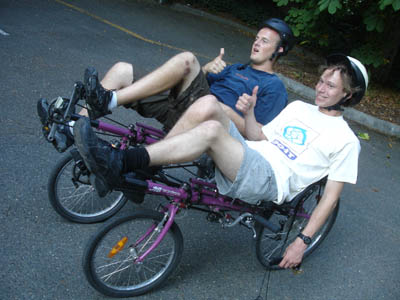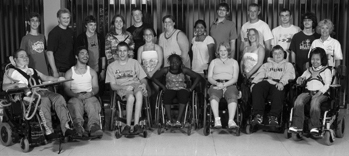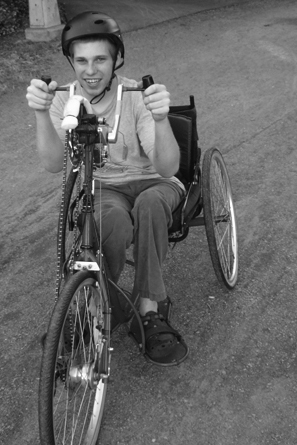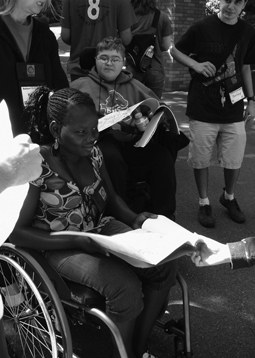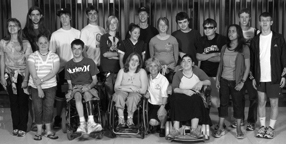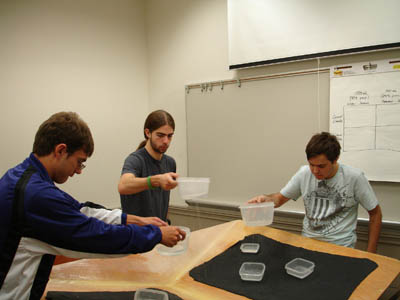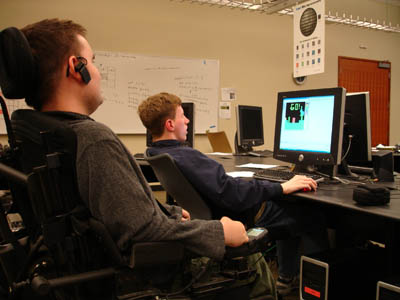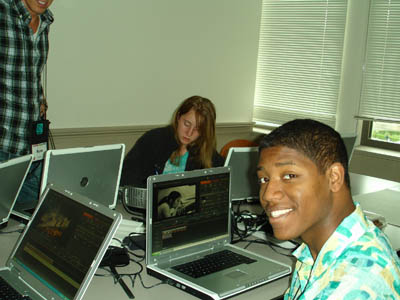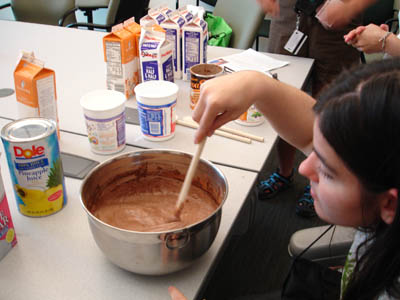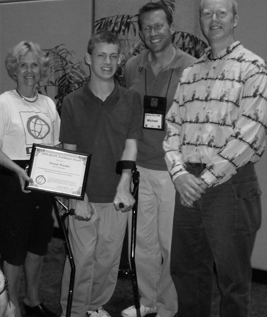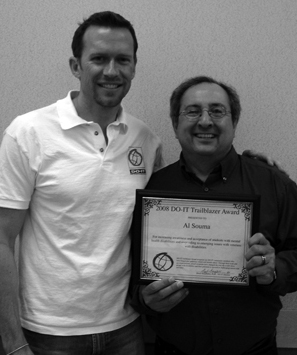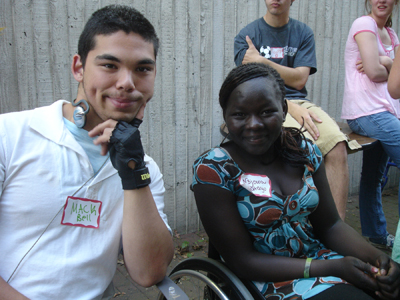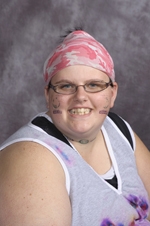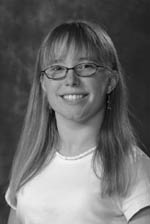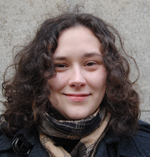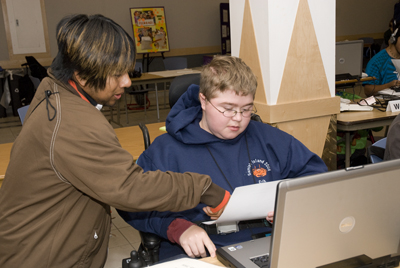In this regular column, I share messages from DO-IT's e-community so that you can get the flavor of the many rich conversations the DO-IT participants have online. Some forum posts are edited for clarity and brevity.
DO-IT Parent: I have two children transitioning to college out of state. Having children with special needs makes it ten times the work to transition to college, so one huge piece of advice is start early.
A big piece of the transition is, of course, the accommodations; you will need lots of face time with doctors, letters, and other paperwork over and above chart notes and Individualized Educational Program (IEP) documents.
Don't forget about setting up medical services for the college year. In my case, the college's state laws are very different from those of our home state. My insurance plan doesn't offer coverage where my student will attend college.
Another thing to remember is that you are not only transitioning to college or out of state but from pediatric to adult. The age accepted varies by doctor.
Continuity of medications is also a challenge. Regulations don't allow for more than one month's supply of some medications. So you can't stock up for the transition. Some insurance requires a pharmacy and mail order is not an option as it's illegal to ship some medications.
It takes a lot of coordination and cooperation. Be respectful of all of your providers and work with them. Understand their busy schedules. In our case, I've spent about four months trying to find a local doctor who provides the specialties my kids need, will prescribe needed prescriptions, and is covered under my insurance.
Also, plan ahead because doctors and medical staff take vacations in the summer and this extends their response time. Good luck everyone!
DO-IT Parent: Thanks for your thoughts. I am remembering that many residential colleges have a health clinic on campus or a medical insurance plan. Has this changed? Can they be used as resources for referral specialists or coordinating medications? Maybe I was doing some hopeful thinking. Thanks for bringing this up so I can start early.
I was also wondering about hiring personal care assistants (PCAs). My son is in a power chair and needs help in the mornings and evenings. Where do you find people to hire? What are they paid? Do you go through an agency? This is a huge hurdle for my son and me. Thanks for any advice.
DO-IT Parent: Thanks for your questions. I have the same ones. My son is thinking about applying, not out of state, but to the UW Seattle, which means that he would leave home his freshman year, which wasn't what he was originally planning to do. My son is a senior this year, and will be deciding throughout the year whether or not he feels ready to go away to college. He uses an electric wheelchair, and will need morning and evening care as well as someone during the day to help with eating and using the restroom. He will also need help taking notes and studying. It makes my head spin to think about all of it.
If there are parents out there who have had similar circumstances, I would love to hear from you about how you managed it all. Right now, we are concentrating on beginning college applications and looking for scholarships. That is enough! Any advice anyone has would be very much appreciated.
DO-IT Parent: Our son commuted to college from home, so we looked into the King County Metro Transit reduced fare pass sticker. It is a bigger savings than the UW bus pass or a regular pass. A doctor needs to fill out and sign the medical and disability requirement. This needs to be brought to the Metro office in downtown Seattle. Then you pay $3 for an ID card and $99 (this year's price) for the bus pass that covers bus travel for one year. For more information, check out these links: http://transit.metrokc.gov/tops/accessible/reduced_fare_permit.html and http://buypass.metrokc.gov/browse.cfm/2,58.html.
There may be other such bus programs around the country for people with disabilities. Check out the transit system where your student plans to attend college.
DO-IT Parent: My son had trouble figuring out how to ride the bus. He did not get training through his school. Metro used to have a bus riding training course for free which he took part in. It was great. Having Asperger's syndrome, the training service taught him as if he was blind with a trainer who had worked with those who were blind. This was a perfect match for him.
DO-IT Parent: I thought the senior year would be easier than the others, but I'm here to say I was very wrong. This senior year has been so time consuming I was running to keep up. Here are some suggestions:
- Start a binder(s)—you will need it.
- Document and make a to do list, which will grow!
- Make sure your IEP addresses transitional needs and goals. Use this as a source document.
- Make sure all graduation requirements are documented early (fall)—we had a big problem with this due to staff changes, lost files, and school transfers. Thank goodness I keep records or they may not have graduated!
- Start very early looking at scholarships. If the current year isn't available, keep going back and checking. Put it on your calendar. Watch for November and December deadlines. Have reference letters, SAT/ACT scores, copies of transcripts, and other documents ready. Be prepared to do a scholarship application in days.
- We visited campuses to determine mobility issues and resources. Our college plans fell through when our college choice changed in December due to new opportunities, but we weren't ready for the change. You have to stay on top of the offers and keep the doors open with other colleges. Money is short and your student needs to keep looking throughout the scholarship season.
- Be timely and cooperative with your DVR (Division of Vocational Rehabilitation) counselor. When they say no, step back and offer documentation. They want to help. You need to help them help you. Present a planned and organized proposal. They are very busy, so be timely with your request and follow up. DVR has a limited budget but is there to support the independence of your student. Communicate in a professional, respectful way, they will listen and help if they can.
- Work through DVR, the school's accommodation specialist, and SSI to get your student the accommodations they need. Again, start early, find a school that meets your child's needs and has the experience required to set up your child's accommodations. Stay on top of it and it will happen.
Good luck to you all, it's been a roller coaster ride for us, hands down, but it is paying off for our kids!
